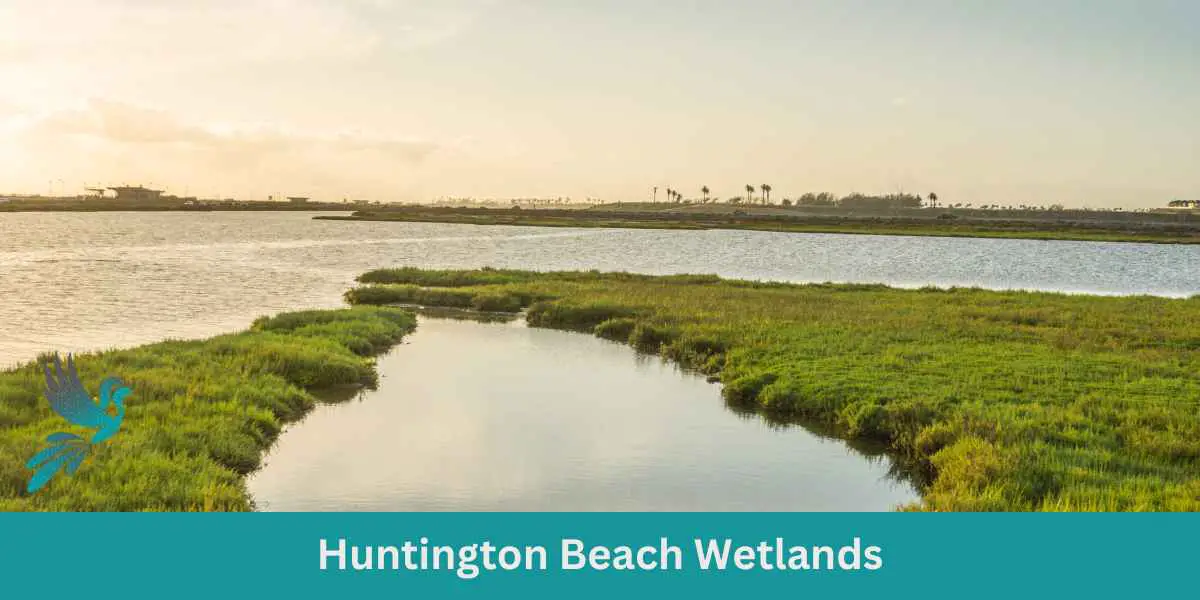Imagine immersing yourself in the beauty of nature while exploring the stunning landscape of the Huntington Beach Wetlands. With its serene atmosphere, diverse wildlife, and captivating trails, this hidden gem provides an unparalleled experience for nature enthusiasts and adventure seekers alike. Whether you’re a passionate bird watcher or simply yearning to reconnect with nature, the Huntington Beach Wetlands offers an idyllic escape that will leave you in awe of its natural wonders.
Huntington Beach Wetlands
Welcome to the beautiful Huntington Beach Wetlands! Located in Southern California, these wetlands are a true gem. With their unique features and abundant biodiversity, they are an essential part of the local ecosystem. In this article, we will explore the location, importance, vegetation, wildlife, threats, conservation efforts, research and monitoring, public access, education and outreach, and the future of the wetlands.
Location
Nestled along the picturesque coast of Southern California, Huntington Beach Wetlands span over 1,500 acres. They can be found just south of the famous Huntington Beach Pier, between the cities of Huntington Beach and Newport Beach. The wetlands are situated within the larger Upper Newport Bay Nature Preserve, which provides a refuge for various species of plants and animals.
Importance
The Huntington Beach Wetlands hold great ecological significance. They serve as a vital transitional zone between the land and the ocean, creating a unique and diverse environment. Wetlands act as natural sponges, absorbing and filtering water, protecting nearby communities from flooding, and helping replenish groundwater supplies. They also provide important habitat for numerous species of plants and animals, making them a crucial part of the local food chain and supporting overall biodiversity.
Vegetation
The wetlands boast a rich tapestry of vegetation, with a variety of plant communities thriving in the brackish and freshwater marshes. Cordgrass, pickleweed, and alkali heath are some of the dominant plant species found here. These plants have evolved to tolerate the saline conditions of the estuarine environment, forming critical habitats and serving as nurseries for fish, birds, and other wildlife.
Wildlife
Diverse and abundant wildlife call the Huntington Beach Wetlands their home. The wetlands provide a safe haven for migratory birds, making it a popular spot for birdwatching enthusiasts. Over 300 species have been recorded here, including elegant snowy egrets, western snowy plovers, and majestic great blue herons. The wetlands also support a variety of fish species, such as California killifish and tidewater goby. Additionally, mammals like the endangered California least tern and the elusive bobcat find shelter within the wetlands’ thriving ecosystem.
Threats
Despite their ecological importance, the Huntington Beach Wetlands face various threats. Urban development and population growth put increasing pressure on the area, leading to habitat loss and fragmentation. Pollution from nearby roadways and stormwater runoff poses risks to water quality, impacting the delicate balance of the wetland ecosystem. Invasive plant species also pose a significant threat, outcompeting native vegetation and altering the natural dynamics of the wetlands.
Conservation Efforts
Recognizing the importance of protecting this valuable ecosystem, various organizations and government agencies have come together to ensure the conservation of the Huntington Beach Wetlands. Efforts have been made to acquire and restore wetland habitats, aiming to increase overall wetland acreage and improve habitat quality. Through partnerships with local stakeholders, land has been set aside for preservation, preventing further urbanization and maintaining the wetlands’ ecological integrity.
Research and Monitoring
To better understand the wetlands’ dynamic ecosystem and develop effective conservation strategies, ongoing research and monitoring efforts are crucial. Scientists and researchers study various aspects of the wetlands, ranging from water quality to population dynamics of key wildlife species. By collecting and analyzing data, they gain insights into the health of the wetlands and identify potential threats. This knowledge forms the basis for informed decision-making and ensures the long-term stability of this unique ecosystem.
Public Access
Offering a peaceful retreat and an opportunity to connect with nature, the Huntington Beach Wetlands provide public access for visitors to enjoy. Trails and boardwalks wind through some parts of the wetlands, offering panoramic views and opportunities for birdwatching. These public areas are carefully maintained to minimize disruption to the delicate ecosystem while providing educational opportunities for visitors to learn about wetland conservation.
Education and Outreach
Education and outreach programs play a vital role in raising awareness about the importance of wetland ecosystems and inspiring action to protect them. The Huntington Beach Wetlands offer educational programs for students, community members, and the general public. These programs include guided nature hikes, workshops, and interactive exhibits that promote environmental stewardship and highlight the significance of wetland preservation.
Future of the Wetlands
The future of the Huntington Beach Wetlands depends on continued efforts to protect and preserve this valuable natural resource. By implementing sustainable land use practices, promoting water conservation, and controlling invasive species, the wetlands can thrive and provide their vital ecological services for generations to come. Furthermore, ongoing research and monitoring will contribute to adaptive management strategies that address emerging challenges and ensure the wetlands’ long-term resilience.
In conclusion, the Huntington Beach Wetlands are a unique and irreplaceable ecosystem, hosting a remarkable array of plant and animal life. Recognizing their significance, conservation efforts and research initiatives are aimed at preserving these wetlands for future generations. As you visit this breathtaking natural landscape, remember to appreciate and respect the delicate balance of this intricate ecosystem. By doing so, you contribute to the protection and sustainability of the Huntington Beach Wetlands, ensuring their continued beauty and ecological importance for all to enjoy.


